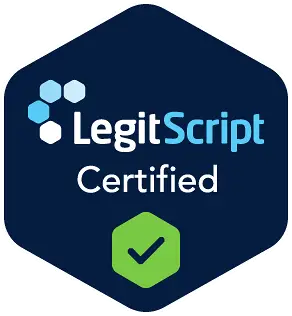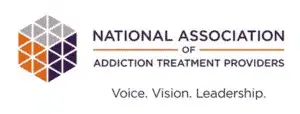
The state of Oklahoma is piloting an opioid relapse prevention program that includes giving the drug Vivitrol to prison inmates. The Tulsa County Sheriff’s Office will now allow the use of this treatment, which is a form of the drug naltrexone, for people in prison. Vivitrol blocks opioid receptors in the brain and can provide help for people in recovery from opioid addiction. Every Vivitrol injection costs about $1,000 and officials expect 10–15 inmates to receive the drug each month.
The Oklahoma opioid epidemic claimed 388 lives due to opioid overdose in 2017. Statistics from the National Institute on Drug Abuse illustrate a decrease in prescriptions and deaths. However, in certain sectors, opioid addiction persists. One of these contexts is prisons throughout the state.
A study published by the Addiction Science and Clinical Practice journal explains that 80% of people in jail or prison admit to having used illegal drugs. The criminal justice system is consistently challenged with the reincarceration of repeat drug offenders. Opioid relapse is one cause of reincarceration. From parole violations to illegal drug purchase or possession, individuals who have substance use disorder are still susceptible to reincarceration for at least five years after their release. This has led officials like those in Oklahoma to address issues of drug addiction treatment for people who are in prison.
How Does Vivitrol Work?
What Is Vivitrol?
According to the Food and Drug Administration (FDA) Medication Guide, Vivitrol is extended-release naltrexone. This drug blocks the physical effects of opioid drugs. Vivitrol is recommended for use in people who have been addicted to opioids after they have undergone medical detox. The goal of Vivitrol is to prevent relapse into opioid dependence. Vivitrol is administered once a month, and the medicine’s effects last for the duration of that time.
This Season, Give Yourself the Gift of a Fresh Start.
Whether you are struggling with addiction, mental health or both, our expert team is here to guide you every step of the way. Don’t wait— reach out today to take the first step toward taking control of your life.
How Does Vivitrol Work?
Vivitrol works to block opioid receptors, which is intended to discourage opioid relapse. The brain functions that are stimulated by opioids include the release of dopamine, which is what provides an addictive sense of euphoria. Vivitrol works to control stimulation of the brain’s dopamine reward system, decreasing the need or desire for opioids.
Vivitrol Pill
Vivitrol is delivered through an injection. The same drug, naltrexone, can also be administered through a pill. This changes the duration of use, as the pill must be taken daily. There are pros and cons to these options for use in prisons, which have been taken into account with the decision in Oklahoma to administer the injectable form of the drug.
Success of Vivitrol in Opioid Relapse Prevention
The goal of Vivitrol as drug therapy is to prevent opioid relapse. According to a study published in the New England Journal of Medicine, the Vivitrol success rate for incarcerated individuals is moderate for avoiding relapse. In this study, 153 people were given extended-release naltrexone and 155 people were given regular treatment. Treatment was administered over the course of 24 weeks. Participants who received Vivitrol had a relapse rate of only 43%, versus a 64% relapse rate among people who received alternative treatment.
Opioid addiction is treatable. Qualified medical and mental health professionals, like those at The Recovery Village Palmer Lake, can provide help and hope to people who struggle with opioid addiction. If you or someone you know is living with opioid addiction, reach out for guidance and to find your way to long-term recovery.







